A journey from the far West of England to the East, with comparisons all the way.
About a week ago I set out – in a car stacked to the roof with eco-education kit – and drove from Cornwall to Cambridge. Through the hours of driving I remember thinking ‘there won’t be much in common between my home area and this city one’ but I was surprised to find in actual fact there is a lot that we share.
West is Wet, East is Dry
That has always been the norm, but not this year. Cornwall in 2022 is probably the driest it has been since 1976. Our water supplies are dependent on reservoirs and – despite recent rain – these remain seriously depleted. Colliford Lake is shown below, at about 20 % of full capacity. Tamar reservoir is even further down, at just 16%.
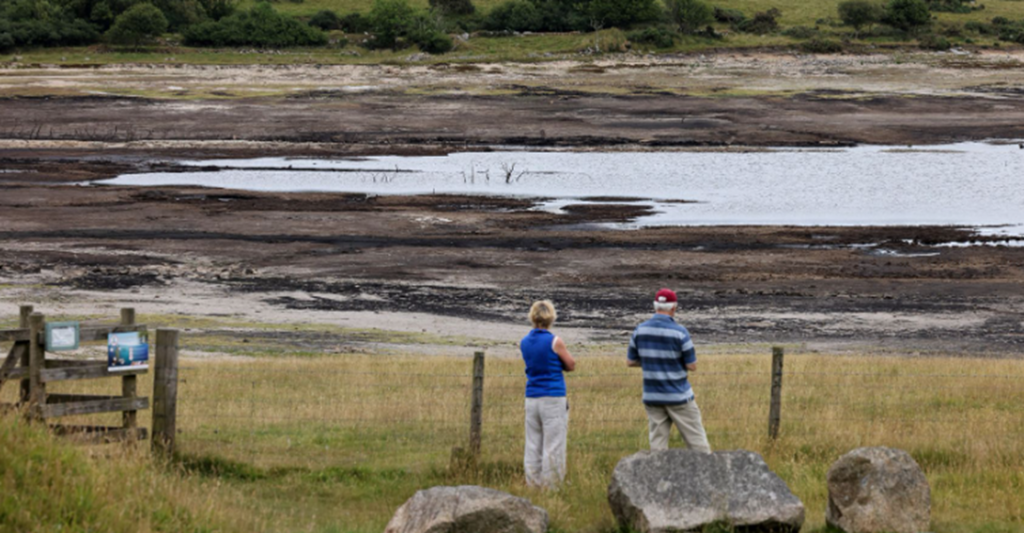
The city of Cambridge gets most of its water from far deeper below ground. The Cambridge Water website says
Our drinking water is ground water held in the chalk aquifer. The aquifer can hold large quantities of water in a network of fractures and cracks in the rock and we are able to abstract it from 24 boreholes. Our drinking water is mostly abstracted from the chalk aquifer which lies to the south and east of Cambridge.
Groundwater is a reliable supply of water and is generally more resilient to drought than surface water, due to the slow response of groundwater levels to changes in rainfall. The water levels recede in the summer and are replenished by rainfall during the winter months.
From this it sounds as if all is fine and normal, but it does not give the entire picture.

I became fully aware of the very serious situation in Cambridgeshire when Bruce, a blog reader living in Melbourne south of Cambridge, showed me this website, dedicated to protecting and enhancing the environment of the River Cam and its tributaries: – https://camvalleyforum.uk/water/
The Forum points out that water quantity and quality are both in a serious state. The aquifer is suffering from over-abstraction, due not only to large-scale growing of grain and food crops but also new housing developments and use of water for cooling in high-tech business environments.
QUANTITY – proposal for a NEW RESERVOIR
https://www.cambridge-water.co.uk/environment/managing-water-resources/fens-reservoir
The link will give you further detail, but the headline is that Cambridge Water and Anglian Water companies have come together to plan a new reservoir with the following aims: –
We want to build resilience in our water supply to prepare for climate change, and continue to further protect and enhance our precious environment; from protecting biodiversity, to minimising risks from drought and flooding, to reducing our carbon footprint to help us on the road to becoming a net zero business.
The Fens Reservoir will do this by providing a reliable supply and store of water for the future, creating new opportunities for the region, to thrive and help to protect our precious chalk streams by reducing abstractions elsewhere. It will also provide new habitats and protected areas for wildlife, create great natural places to explore, and exciting new leisure facilities for people to enjoy.
I have lost count of how many times I have read this kind of blah blah, blurb – all sounding so wonderful and positive. But then, in due course, I discover the under-belly e.g. negatives no one is prepared to acknowledge. In this case, we need to see scientific modelling of the effect the new reservoir will have, which I have been unable to find. The web page says –
It will increase water-resource availability, providing up to 100m litres per day, by storing high flows from the Great Ouse catchment and releasing them when needed. Water would be abstracted when river flows allow and will be transferred to the reservoir.
You can’t tell me it will be seamless to take this massive amount of water and supply it to homes, without a significant effect on the Great Ouse catchment. I hope Cam Valley Forum folks can reply to my observation here, through one of our readers.
I wonder if there is any similar plan for a new reservoir in Cornwall, but doubt it. There simply isn’t another source to tap. We are more likely to end up converting sea water, as they have already been doing on the Isles of Scilly.
St Mary’s Island on the Isles of Scilly is unique in the United Kingdom being almost totally dependent on desalination of sea water to blend with groundwater supplies for the islands drinking water supply.
QUALITY and a new Surfers Against Sewage petition
CAM Valley Forum tells us: –
Pollution of the water by faecal bacteria, nitrates and phosphates is becoming an increasing problem, and the pressures of increasing population, economic growth, intensive land management and climate change are only making a bad situation worse.
I was really impressed by the dedication of Bruce and his colleagues (the 4 Musketeers of Melbourn and Meldreth), who belong to a group of volunteers helping to keep the chalk stream clean and clear. Walking with them last weekend seemed the perfect opportunity to take part in something called ‘Autumn Water Watch’, but unfortunately when I downloaded the app to do this it didn’t work properly for us. ☹ Please do let me know if you were able to take part.




Surfers against Sewage are on the case, making use of a legal loophole to ‘work the system’ (thank you Catherine E, for sending me this info!). Perhaps there are higher priorities for families right now, than setting up 200 River Bathing places (e.g. the basics of food, heat etc), but once a site is designated as such, then the Environment Agency are compelled to clean it up. That is why I will support the petition.
SAS says We just delivered 51,687 river petition signatures to Defra https://www.sas.org.uk/news/water-users-deliver-petition-to-defra/
Together, we are calling for 200 River Bathing Waters by 2030. At present, 3 out of 4 rivers pose a serious risk to human health and there are just two official bathing waters located on UK rivers. This must change. We’re calling on the UK Government and the devolved administrations to set legally binding targets to increase the number of official River Bathing Waters in the UK and work with regulators and communities to ensure the target is delivered.
CLIMATE ZERO EVENT
The main reason for my trip was that I was booked to help deliver the mission, ‘Climate Accessibility’ on behalf of the organisers, who appeared to be primarily students, not lecturers or managers.
Climate Accessibility is an important element of the climate change discourse, comprising two aspects. 1 – Ensuring minority voices and those most impacted by climate change are represented and heard, and 2- Ensuring the conversation around climate change is accessible to the general public. By highlighting the issue of climate accessibility, we hope to contribute to the advancement of climate solutions.
I had a really great time with the families and young children, on Friday and Sunday. We built the most innovative house I’ve seen to date – a unique community design, with private ‘pods’ in the lowest level, linked to glass-roofed communal living and growing spaces. This was the idea of young Ivy, helped by her mum Vicky. I will also share some of the artwork that came from our story sessions, which will be really good additions to the 3 Little Pigs building book.





SOCIAL MEDIA and ACCESSIBILITY
To make a climate event accessible requires a conscious set of efforts to reach all groups of people, and that has to mean other options than just social media. There are plenty of people who don’t spend their lives glued to Instagram or FB and the whole idea was to reach them. To do so would have been simple – using a huge and magnificent civic building as venue, next to the main shopping precinct and the popular outdoor market, it only needed big, colourful pop-up banners outside, along with regular announcements over a sound system, inside and out to attract hundreds of visitors. Unfortunately the opportunity was missed and the event was a bit of a ‘damp squib’!
Having said the above, we are promoting our FREE Play Day next Tuesday 25th of October primarily through Facebook but also distributing these flyers. Please go to the web page or us Messenger to register. The theme will be ‘A Day in the Life of a Mining Family’, mostly focused on children – how they worked on the mines, their clothes, food, schooling and play times.
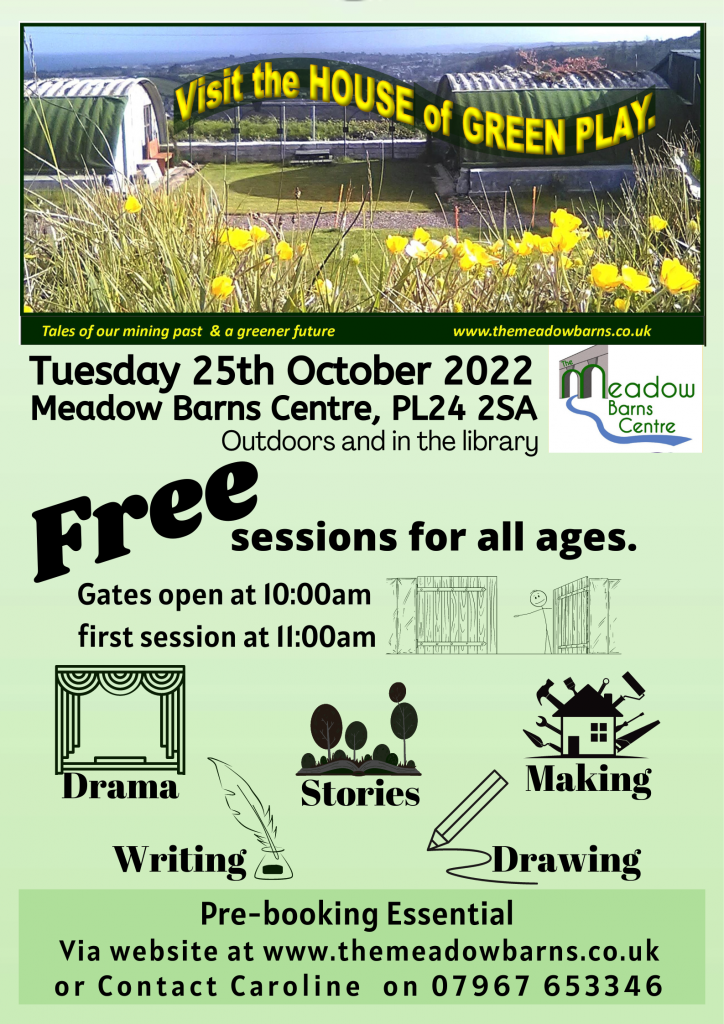
Cambridge means CYCLES
Over the last 4 to 5 years quite a radical evolution has occurred in the field of personal pedal transport or ‘micro-mobility’, as it is termed these days. This is a title first coined in 2017 to describe personal transportation vehicles weighing less than 500kg, which are usually but not always electrically powered. The list includes electric scooters, electric skateboards, and electric roller skates, all of which were previously illegal on public highways until a swift change in legislation, in July 2020, permitted rental e-scooters to be legally used on British roads. Almost immediately Cambridge Council announced a trial of rental e-scooters and e-bikes and these are now very well established. Camcycle organisation has been involved all along, pointing out the many ways in which these very quiet vehicles, approaching at speed, can be dangerous for both pedestrians and car drivers. Add to this the many and varied types of Delivery Bikes and Cargo Bikes, which park and block the whole pavement willy-nilly, and clog up cycle lanes at peak times, for a scenario that appeared truly hazardous to me! This, mercifully, is not something I expect to encounter on the roads around home any time soon, as it is very much a city-based system.



Let me finish with a big, big THANK YOU, to everyone I met on my travels. I was made so welcome in Cambridge, Essex and London. It was a joy! 🙂

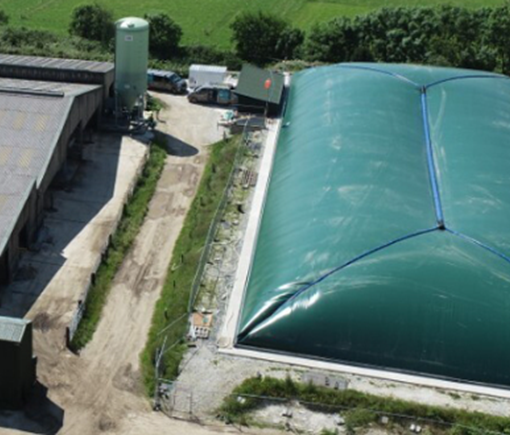

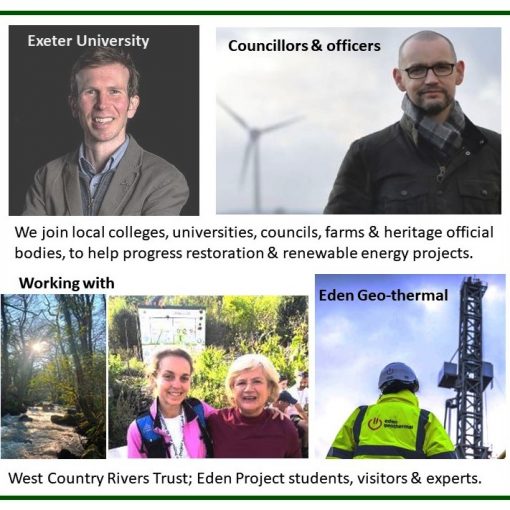
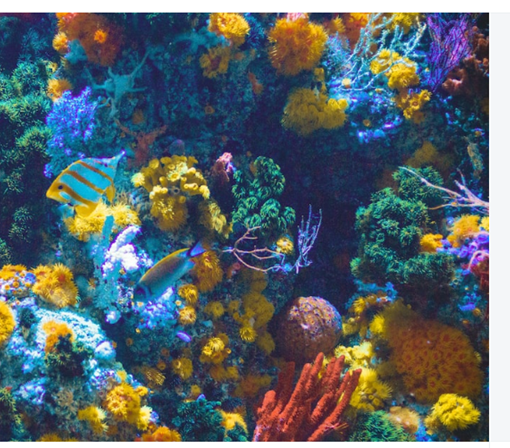
One thought on “GF Blog 22 Week 44”